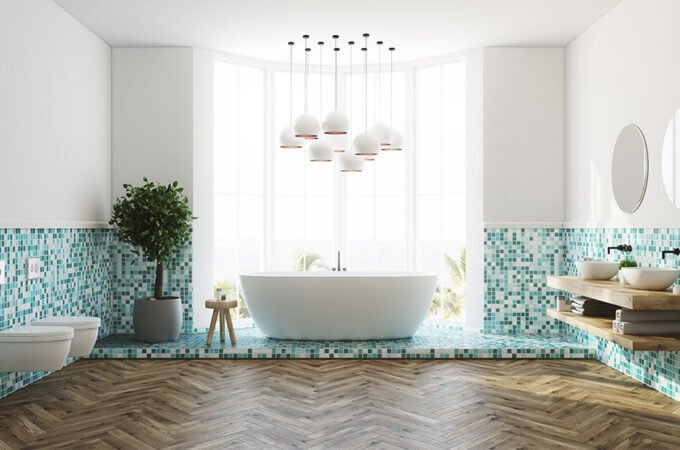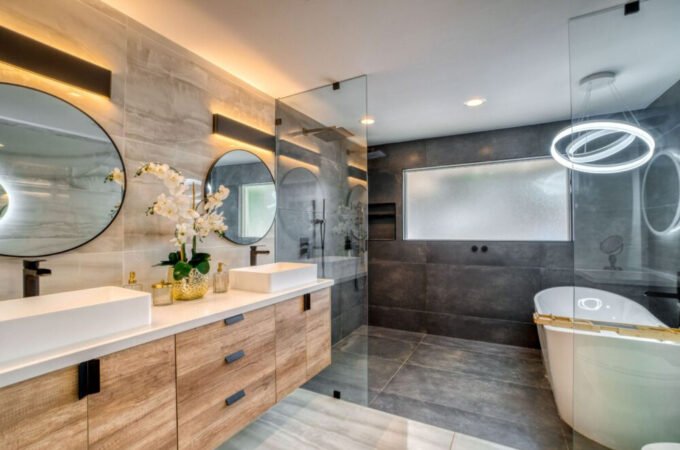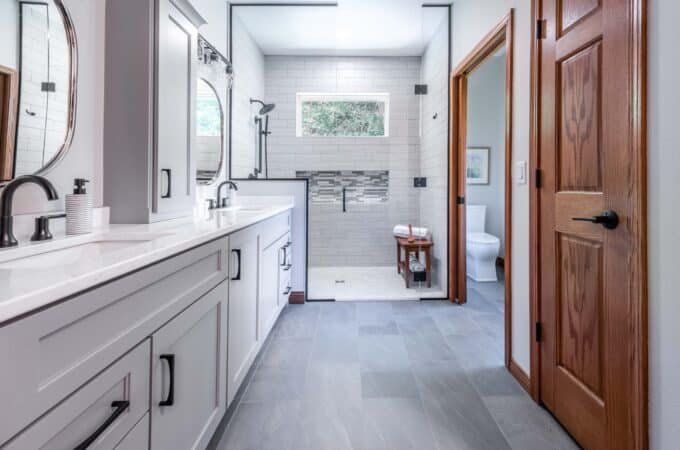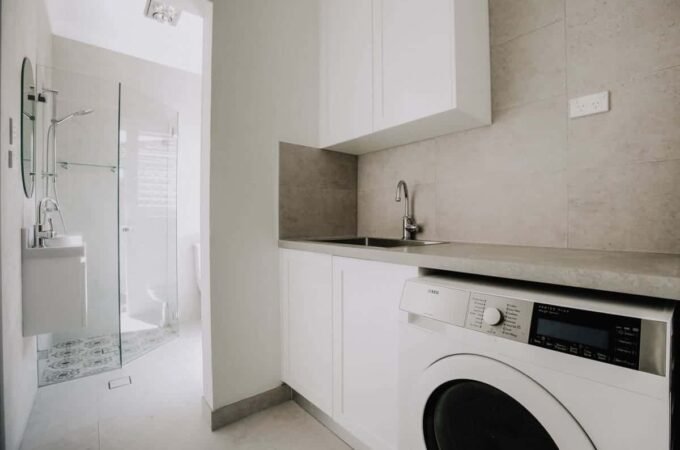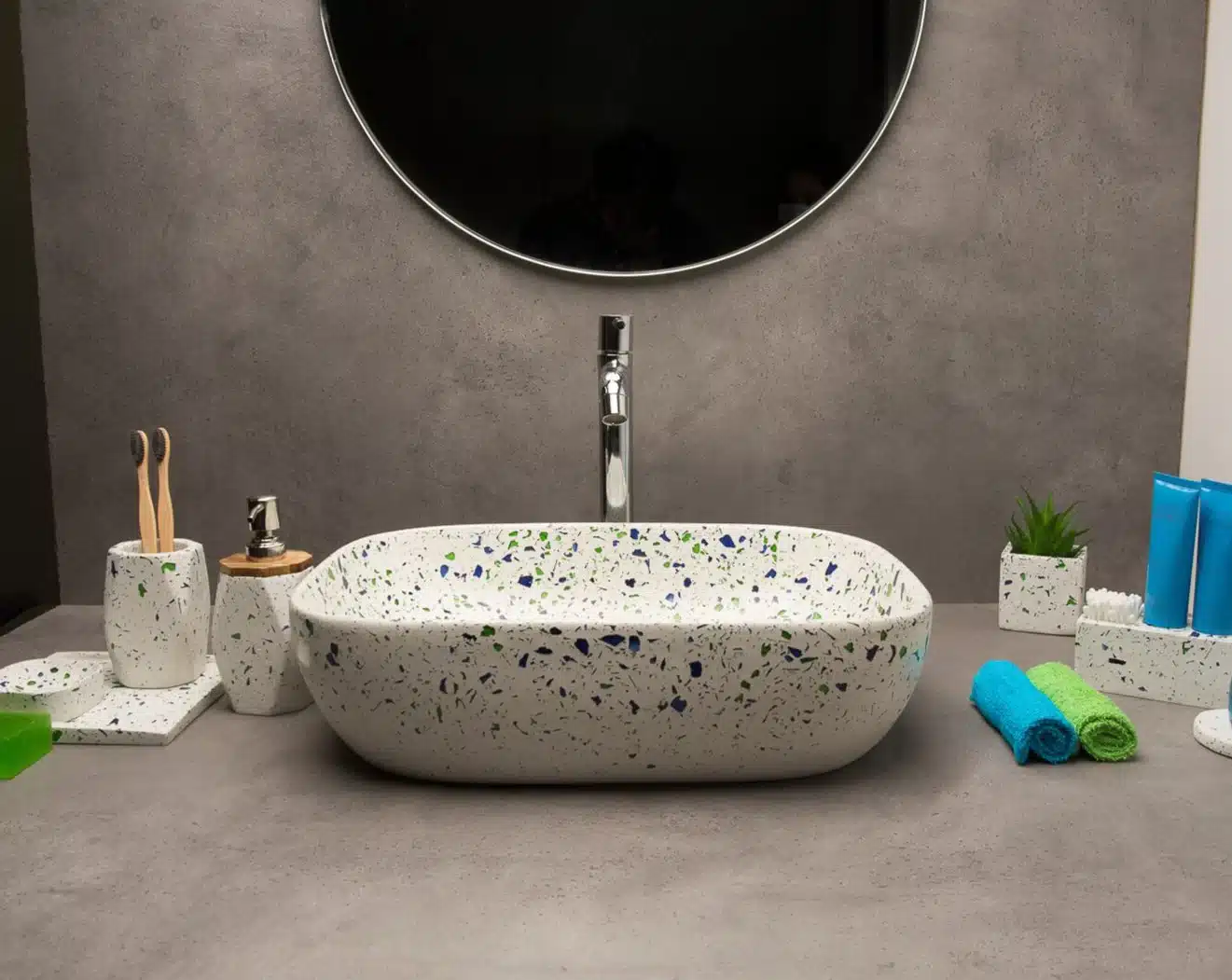
Innovative Techniques in Crafting the Perfect Concrete Bathroom Sink
Concrete sinks are getting popular for bathrooms. People like how they look modern and can be designed in many ways. But making a strong, good-looking concrete sink takes work. You need to plan it out and do it right.
In this guide, we will talk about smart ways to design concrete sinks. We will share tips for installing them properly too. This will help you make the perfect concrete bathroom sink. One that looks amazing and lasts a long time. Read on to learn how to take your bathroom to the next level with a cool sink!
Table of Contents
ToggleBenefits of a Concrete Sink
Before diving into the details, let’s review the benefits that make it so appealing:
Unique Look:
Concrete bathroom sinks lend a smooth, earthy, and organic feel that stands out from porcelain or metal sinks. It comes in stunning natural stone-like finishes.
Durability:
Properly sealed and cared for, concrete sinks hold up well to daily use and last for years. Their solid construction resists chipping or cracks.
Customization:
Concrete can be cast in any shape and size to suit your space. Add custom details like curves, slopes, and finishes to match your style.
Value:
Concrete sinks have a high-end look at a fraction of the cost of stone. Far more affordable than exotic natural materials.

Data Source: houzz.com
Let’s look at how to unlock these benefits through innovative sink design and installation techniques.
Key Design Considerations
Careful planning is required to craft the ideal bathroom sink. Keep these design factors in mind:
Shape and Size:
Consider the sink’s shape, dimensions, and profile. Curved, sloped, or angular? What about thickness? Thinner sinks allow more counter space.
Mounting:
Will the sink be undermounted, and flush to the counter? Or a free-standing vessel-style sink? Mounting affects dimensions.
Drainage:
Ensure proper drainage slope is designed so water flows easily into the drain and doesn’t pool.
Fixtures:
Select the sink’s faucet, spout, and drain style. Minimalist/modern or more ornate traditional? Finish to match?
Material Textures:
Will the sink have smooth polished concrete or a more varied textured finish? Textures impact aesthetics and ease of cleaning.
Sealing:
Sealer choice determines stain resistance and durability. More intensive sealers increase longevity.
Color Tone:
From light stone to dark slate gray, the concrete sink color sets the tone for the whole space.
Innovative Design Approaches
Taking concrete sink design to the next level requires moving beyond basic rectangular under-mount sinks. Here are some innovative design ideas to stand out:
Sculptural Shapes:
Sculpt concrete-like stone with artistic curves, domed interior, and organically inspired forms for visual impact.
Two-Tone Finishes:
Contrast polishing certain areas while leaving others matte for bold designs. Or polish the sink interior only to highlight.
Creative Textures:
Imprints or stamp textures like stone, wood grain, or fabrics. Add quartz or glass aggregates for shimmer.
Custom Details:
Embellish with hand-carved grooves, etched patterns, or inlaid materials like tile or metal.
Unconventional Mounting:
Defy expectations with a striking floating, wall-mounted, or pedestal concrete sink.
Vivid Colors:
Stain or dye concrete in bold hues like cobalt blue, emerald, or rich yellows for an artistic focal point.
Installation Best Practices
Proper installation is equally crucial for a successful bathroom sink. Follow these best practices:
Curing and Sealing:
Allow the concrete to cure fully, for at least 30 days. Apply quality sealant for maximum stain resistance and durability. Re-seal yearly.
Support and Mounting:
Reinforce with an added support structure for under-mount sinks. For vessel sinks, build a solid base to prevent cracking.
Drainage:
Set drain placement and angle to ensure proper drainage. Test water flow prior to final installation.
Plumbing:
Use flexible supplies for drainage to prevent leaks. Check for leaks and test drains thoroughly before finishing.
Waterproofing:
Seal around sink edges carefully with caulk. Ensure nearby walls have waterproof backer board or tile.
Countertop Integration:
For under-mount sinks, grind and polish the edge that will contact the countertop for a smooth, snug fit.
Following best practices for curing, sealing, mounting, plumbing, and integration will maximize durability and prevent leaks or cracks.
Maintenance Tips
To keep a concrete bathroom sink looking beautiful:
- Re-seal the sink annually with concrete sealer for maximum stain resistance.
- Avoid abrasive cleaners or scrubbing that can damage the sink surface.
- Clean regularly with mild soap and a soft cloth.
- Don’t let cleaning products or toiletries sit directly on the sink surface.
- Wipe spills quickly to prevent staining.
- Avoid temperature shocks from very hot or cold liquids.
With proper care and sealing, a concrete sink will develop character over time for even more unique, artistic appeal.
Frequently Asked Questions
What color options are available for concrete bathroom sinks?
Concrete can be stained or dyed in a wide variety of colors, ranging from neutral tones like gray, beige, and brown to more vibrant hues of blue, green, yellow, and more. More simple gray and white tones work well in most bathrooms.
How heavy is a concrete sink?
Concrete sinks are heavier than porcelain or ceramic sinks, typically weighing 80-150 pounds depending on size and thickness. Proper reinforcement and mounting help support the weight. Vessel sinks are lighter than under-mount.
How durable is concrete compared to other sink materials?
When properly sealed and cared for, concrete sinks are very durable, lasting for a decade or more. They resist chipping and staining better than materials like porcelain. Concrete is less prone to cracks than more brittle materials.
Can you put hot pots or pans in a concrete sink?
Avoid putting very hot pots/pans directly into a concrete sink, as rapid shifts between high and low temperatures can damage the sink over time. Let hot items cool slightly before putting them into the sink to prevent temperature shock cracks.
Bottom Line
Concrete can make awesome bathroom sinks. With good planning and high-quality stuff, concrete sinks last a long time. They look great too. You can make sinks in cool shapes and colors. The textures also look neat.
Mount them in different ways, like floating or on a cabinet. When making a sink, follow directions carefully. Let the concrete cure fully. Seal it so water doesn’t hurt it. Add good drainage so water flows out well. Install it properly so it doesn’t crack.
A well-made concrete sink sticks around for many years. It becomes a beautiful focus in the bathroom.

